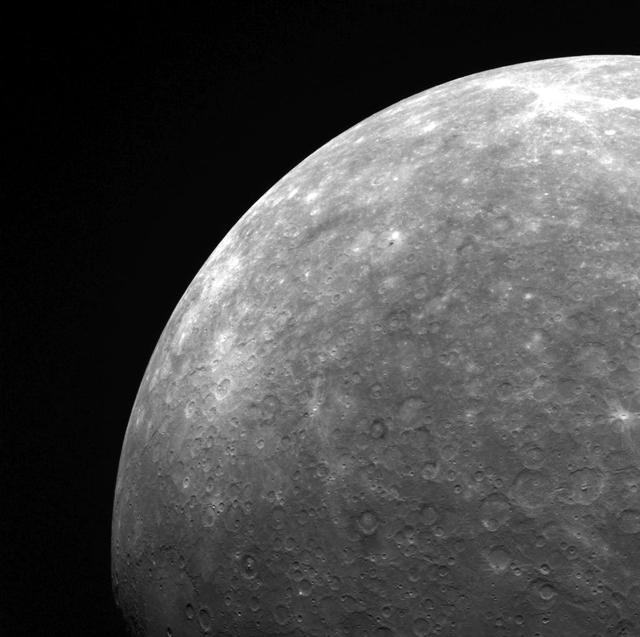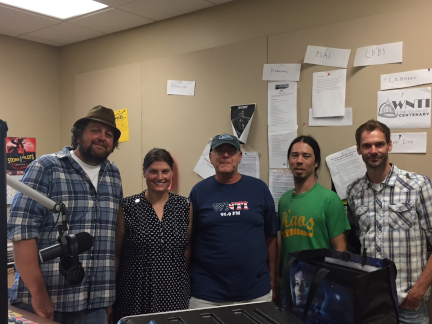Starwatch for June 2018
Written by John Del Re on June 13, 2018
Hello! I’m Karl Hricko of the United Astronomy Clubs of NJ, and the National Space Society bringing you the June Starwatch for the WNTI listening area.
We’ve been on this mission for several weeks. Our goal is to stay in this colony of 4 men and 4 women for 2 years. We have enough food and water to sustain us along with 3000 species of plants and animals.
Our habitat consists of 5 different biomes: a rain forest; a savannah; a desert; a tropical ocean; and wetlands. We will send more information later.
Actually, this is not a message coming from an outpost in space. It was a project to find out how humans could survive in a miniature Earth environment. Although its original purpose has been discontinued, it still operated by the University of Arizona in Oracle, Arizona, on 3 acres of land. It’s called “Biosphere 2” because Biosphere 1 is the sphere of life on Earth. Even though the original goal of Biosphere 2 was not completed, it still provides valuable information for creating a livable environment in space.
Back in Biosphere 1, at dusk in the west, Venus brightens the sky going from Gemini to Cancer, to Leo. To its lower right, Mercury becomes visible later in the month. Looking east, Mars appears after 9 p.m. in Capricornus. Jupiter glows high in the east all night – still in Libra. At dawn in the south, Saturn continues shining in Sagittarius.
Don’t forget that the first official day of summer begins at 6:07 a.m. on the 21st. So although you may not want to be in Biosphere 2, or 3, or 4, you still should be able to view the planets at the beginning of summer this month.
Until our next Starwatch … Don’t forget to check out –What’s up in the night sky!




